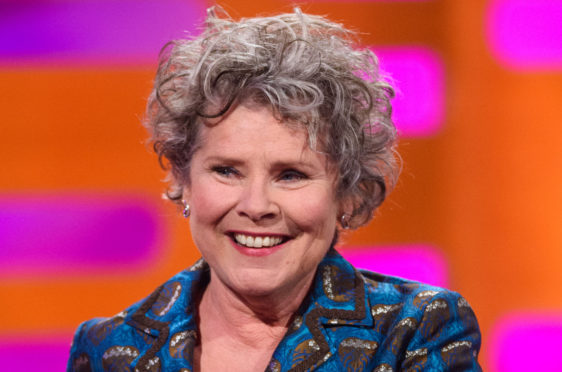
The Crown will end with its fifth series, which will see Imelda Staunton take over the role of the Queen, Netflix has announced.
The actress said she is “genuinely honoured” to be starring in the lavish royal drama as it reaches its conclusion.
Staunton will take over the role played by Claire Foy and then Olivia Colman, who made her debut as the monarch in the third series, which launched on the platform in November 2019.
Peter Morgan, the show’s writer and creator, appeared to confirm the timeline of the fifth series will reach the 2000s as he said: “I’m absolutely thrilled to confirm Imelda Staunton as Her Majesty The Queen for the fifth and final season, taking The Crown into the 21st century.
“Imelda is an astonishing talent and will be a fantastic successor to Claire Foy and Olivia Colman.”
Staunton, best known for her roles in Vera Drake and the Harry Potter film series, previously played the Queen in the 2003 TV series Cambridge Spies.
She said: “I have loved watching The Crown from the very start. As an actor it was a joy to see how both Claire Foy and Olivia Colman brought something special and unique to Peter Morgan’s scripts.
“I am genuinely honoured to be joining such an exceptional creative team and to be taking The Crown to its conclusion.”
The streaming service previously revealed that more than 73 million households have streamed at least part of show since it first launched in November 2016.
The third series followed events including the Aberfan mining disaster, the Mmoon landing, the romance between Prince Charles and Camilla Shand and the investiture of Charles as the Prince of Wales.
The fourth series is currently in production at Elstree Studios and locations across the UK and will see the introduction of Diana, Princess of Wales, played by Emma Corrin, and Margaret Thatcher, played by Gillian Anderson.
It was initially thought the series would run for six series, spanning six decades.
Cindy Holland, vice president of original content at Netflix, said: “The first three seasons of The Crown defined an era, and I know the upcoming fourth season will build further on that success.
“It’s a stunning example of award-winning entertainment, created in the UK and loved by millions of fans around the world.
“I fully support Peter Morgan’s creative decision and am excited to see how he, Imelda Staunton and the cast and crew of season five, bring this landmark series to a fitting and spectacular end.”

Enjoy the convenience of having The Sunday Post delivered as a digital ePaper straight to your smartphone, tablet or computer.
Subscribe for only £5.49 a month and enjoy all the benefits of the printed paper as a digital replica.
Subscribe